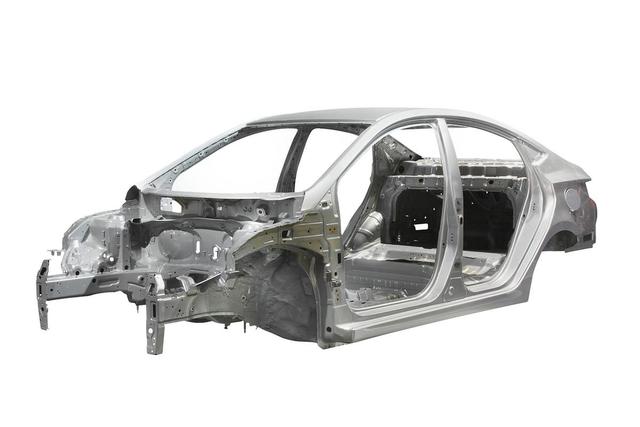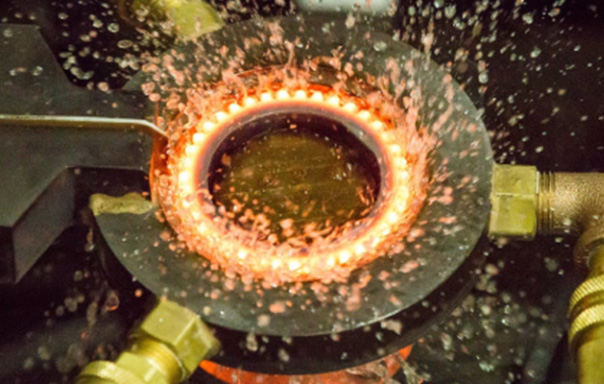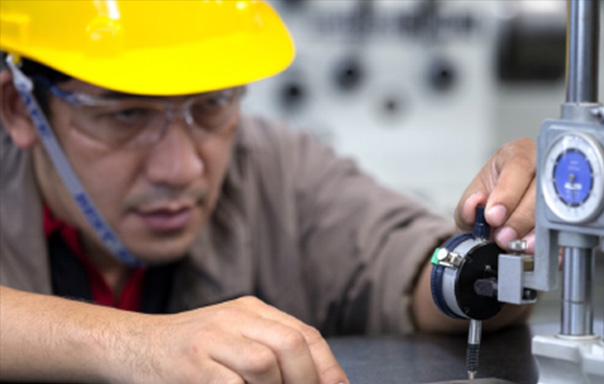In the field of automotive manufacturing, high-strength steel is being increasingly applied. This type of steel not only helps improve the strength and safety of the vehicle body but also contributes to environmental protection while reducing weight. Dual-phase steel and complex-phase steel, as the outstanding ones among them, have attracted much attention. Their unique properties and advantages have made automotive manufacturers list them as preferred materials.
1. Characteristics and Applications of Dual-Phase Steel (DP Steel)
Dual-phase steel, with its unique microstructure and excellent mechanical properties, occupies an indispensable position in automotive manufacturing. This type of steel combines the advantages of ferrite and austenite, featuring high strength and good toughness, which can effectively improve the safety performance of the vehicle body. At the same time, its good formability makes it easier for automotive manufacturers to build lightweight bodies.
2. Characteristics and Applications of Complex-Phase Steel (CP Steel)
Complex-phase steel, as a high-performance steel, also plays a pivotal role in the automotive manufacturing field. This type of steel not only has excellent strength and toughness but also possesses good weldability and formability. Its complex microstructure enables complex-phase steel to show significant advantages in improving automotive safety performance and promoting lightweight development.
3. Characteristics and Applications of Transformation-Induced Plasticity Steel (TRIP Steel)
Transformation-induced plasticity steel, referred to as TRIP steel for short, is a type of steel that induces plastic deformation through a phase transformation process. This kind of steel has wide applications in the automotive manufacturing field, and its unique properties play a key role in improving automotive safety and achieving lightweight. By controlling the phase transformation process, TRIP steel can effectively improve the plasticity and strength of the material, thus meeting the high standards required by automotive manufacturing.
4. Characteristics and Applications of Martensitic Steel
Martensitic steel, also known as MS steel or Martensitic Steels, is an important type of steel. Its unique mechanical properties and processing characteristics make it widely used in fields such as machinery manufacturing and aerospace. Through appropriate heat treatment and alloying processes, martensitic steel can obtain excellent strength, hardness, and wear resistance, thus meeting the usage requirements under various complex working conditions.
5. Characteristics and Applications of Quenching and Partitioning Steel (QP Steel)
Quenching and partitioning steel, namely QP steel, is a type of steel prepared through quenching and partitioning processes. Its unique physical and mechanical properties make it widely used in fields such as automotive manufacturing and engineering machinery. Through precise process control, QP steel can obtain excellent strength and toughness, thus meeting the high-performance requirements under complex working conditions.
6. Characteristics and Applications of Twinning-Induced Plasticity Steel (TWIP Steel)
Twinning-induced plasticity steel, referred to as TWIP steel for short, is a type of steel with a unique plastic deformation mechanism. It is characterized by the ability to induce plastic deformation through the formation and expansion of twins when subjected to external forces, thereby improving the plasticity of the material. This kind of steel has wide applications in the automotive manufacturing field and can significantly enhance the crashworthiness of automotive structures.
7.Characteristics and Applications of Boron Steel (B Steel)


Baoshan District,
Shanghai, China.



